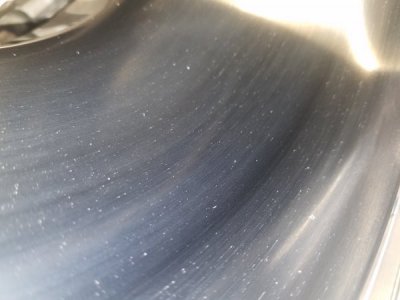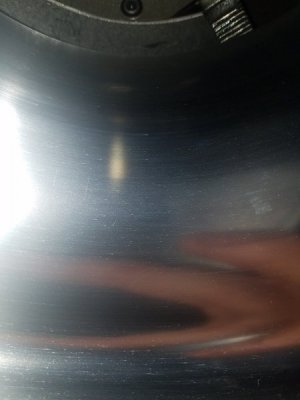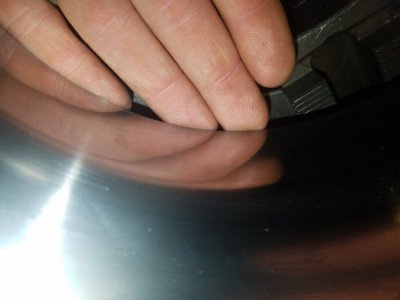- Joined
- Apr 22, 2016
- Messages
- 14
I hope this is still active, I'm in a rut here in a new shop and need advice. Been polishing but we only have 400 & done oil that smells like mint? Think it's a rust preventive, either way, after literally hours of rubbing from hard to softer, with fresh oil and a wipe down often, i can't seem to get these "flecks" out.
Spinning around 150-200 rpms, the parts close to 300lbs.
Any ideas here? Any help is appreciated!
Also, i always use thumb and forefinger to hold my paper, but it still scares the bejezzus outta me on some sharp edgrd finish parts



Spinning around 150-200 rpms, the parts close to 300lbs.
Any ideas here? Any help is appreciated!
Also, i always use thumb and forefinger to hold my paper, but it still scares the bejezzus outta me on some sharp edgrd finish parts



